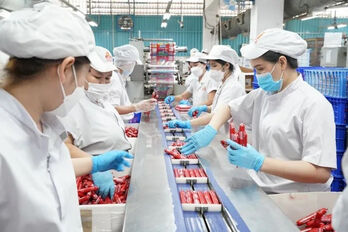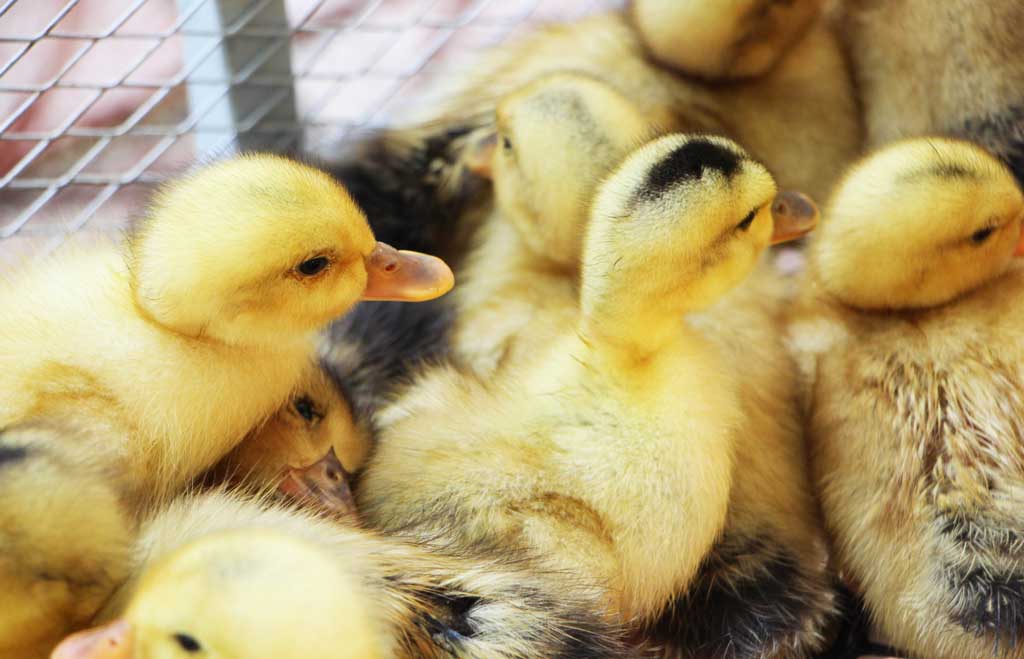Long An urges sea duck breeding model to adapt to climate change impact
The conference named "Development of Sea ducks to adapt to climate change impact in the southern region" was held by the Poultry Research and Development Center under Institute of Animal Sciences for Southern Vietnam on November in Long An province, with the attendance of scientists, Ministry of Agriculture & Rural Development and famers in 10 coastal provinces in the Mekong Delta region.
-
 Vietnam on track to rank among world’s 30 largest economies
Vietnam on track to rank among world’s 30 largest economies
- Eco-industrial parks with integrated infrastructure draw rising FDI interest
- 'Promised land' for businesses
- Vice Chairman of Tay Ninh Provincial People's Committee Huynh Van Son worked with the Japan Trade Promotion Group in Ho Chi Minh City
- Vietnam’s southern metropolis targets over 120 bln USD economy in 2025
- Digital solutions strengthened to combat e-commerce fraud, counterfeit goods
- Unlocking potential for Vietnamese firms to reach global heights
- Joint efforts on protecting production areas
- Tay Ninh—An attractive investment destination with preferential policies and synchronous infrastructure
- Vietnam moves to attract higher-quality FDI flows



